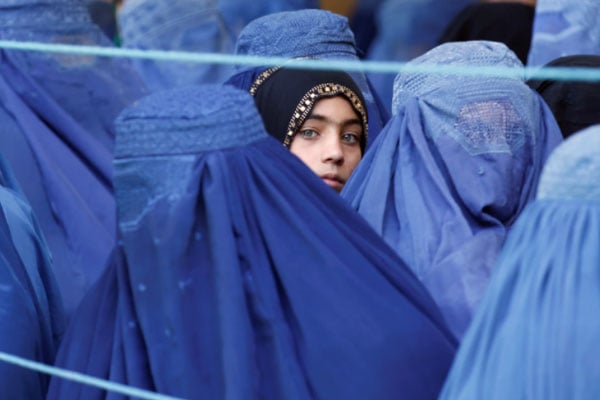Kenyan Muslim women ordered to wear hijab in public or find another country to live

Kenya's Defence Cabinet Secretary Aden Duale. Photo | Dennis Onsongo | Nation Media Group
What you need to know:
- Many Muslim women in Kenya already wear the hijab but some, particularly in urban areas, just wear a simple covering over their hair.
Kenya's Defence Cabinet Secretary Aden Duale has warned Kenyan Muslim women who do not wear a hijab or scarf to find another country to live.
The CS was speaking at Jamia Mosque Committee on Monday during a cheque presentation ceremony to the Kenya Red Cross in an effort to address the country’s drought situation.
He warned that those who do not adhere to it should find another country to live in.
“It is a must for any Muslim woman in Kenya to wear a hijab or scarf. If they do not want, then to look for another country to go to,” he said.
This is not the first time that the Defence CS has called for women to wear hijabs or scarfs.
In 2019, he said that the Ministry of Education should take disciplinary action against school heads forcing Muslim girls to remove hijabs.
He claimed that Muslim girls faced discrimination because of the religious dressing and asked the then Education CS George Magoha to issue a directive to protect them.
According to Duale, the hijab is a highly valued dress code among Muslims.
Many Muslim women in Kenya already wear the hijab but some, particularly in urban areas, just wear a simple covering over their hair.
The Quran, Islam's holy book, tells Muslims - men and women - to dress modestly.
Male modesty has been interpreted to be covering the area from the navel to the knee.
For women it is generally seen as covering everything except their face, hands and feet when in the presence of men, they are not related or married to.
However, there has been much debate within Islam as to whether this goes far enough. This has led to a distinction between the Hijab (literally "covering up" in Arabic) and the niqab (meaning "full veil").
The hijab is typically a scarf that covers the hair and neck, whereas the niqab is a veil for the face that leaves the area around the eyes clear.
It is worn with an accompanying headscarf or an abaya, a full-length robe, and sometimes with a separate transparent eye veil.




